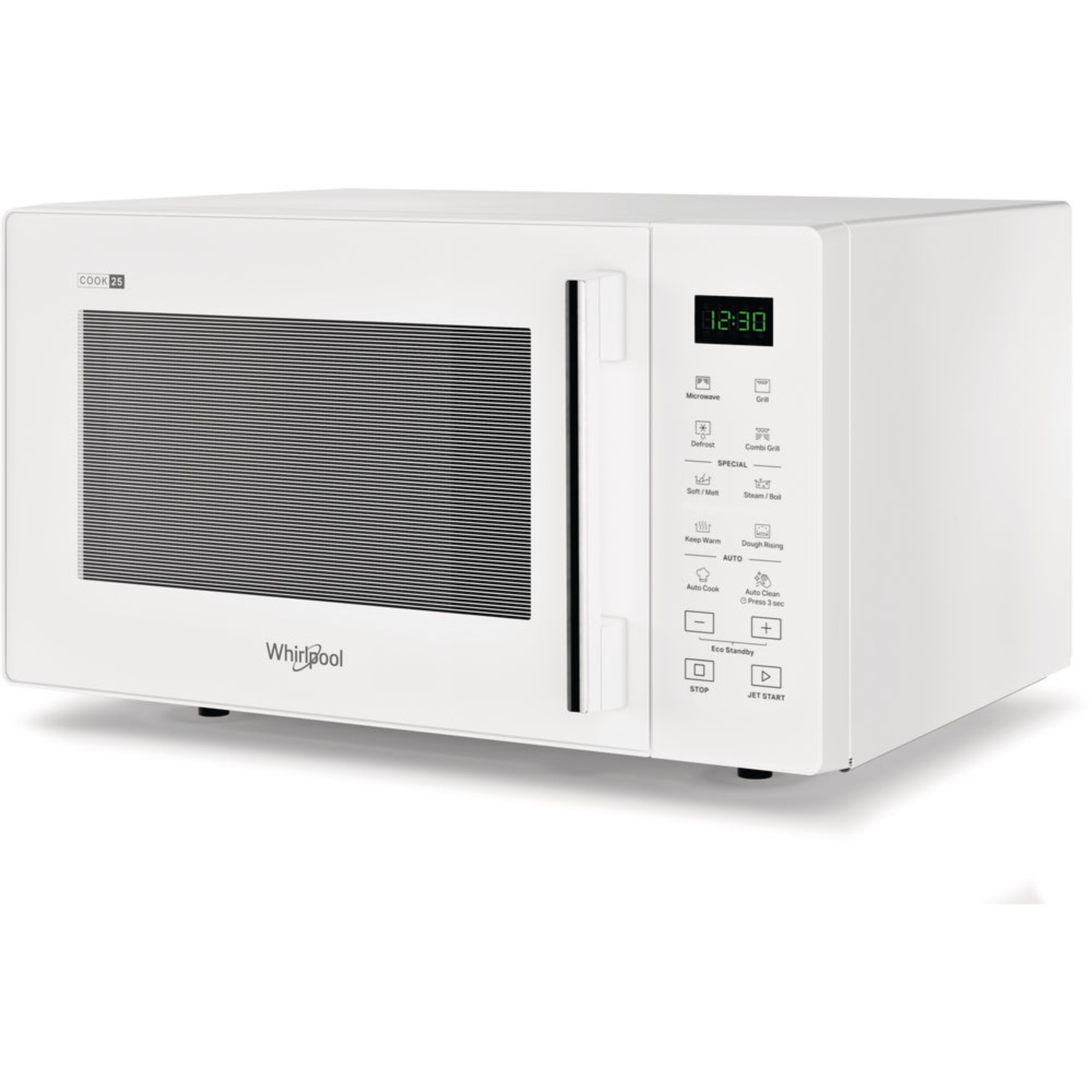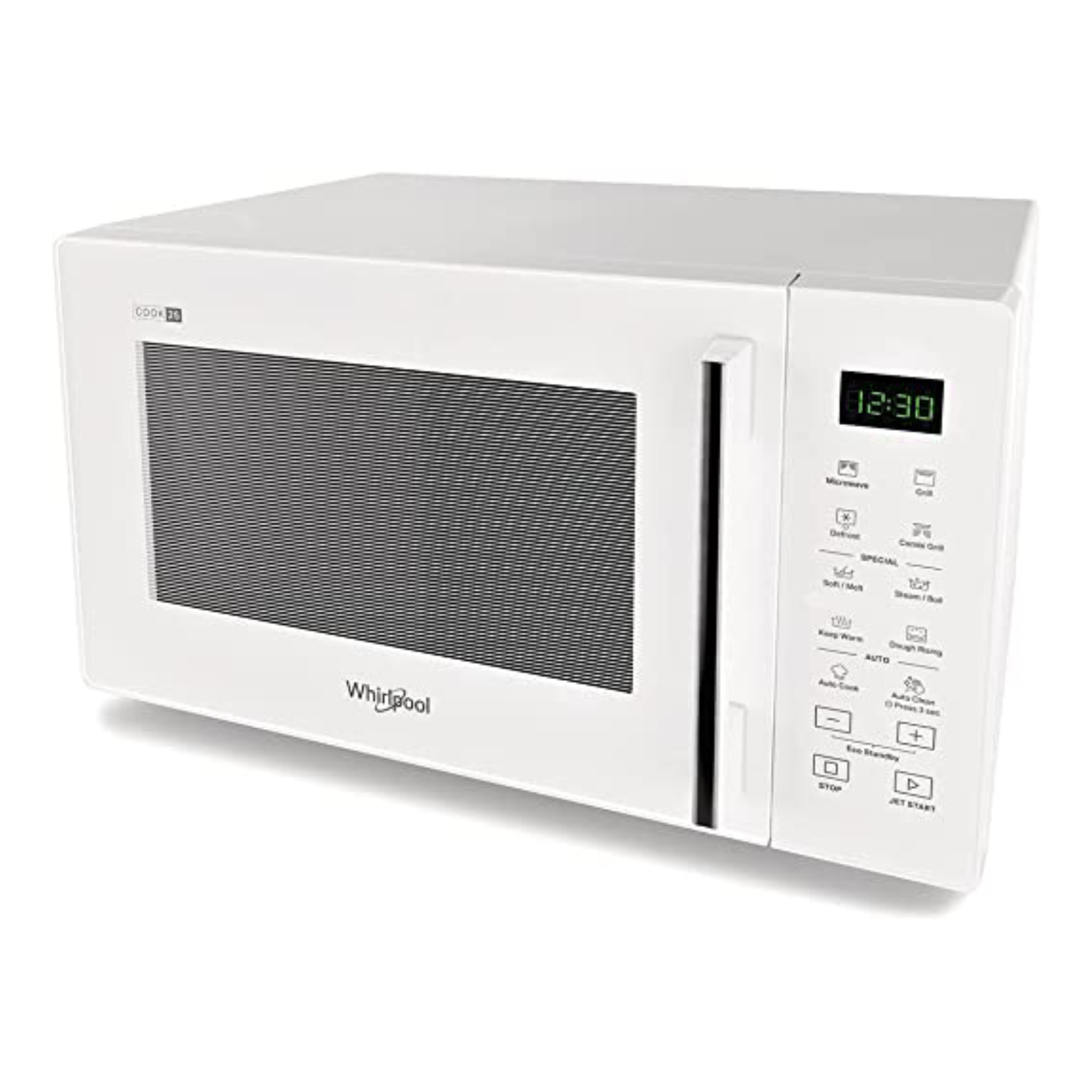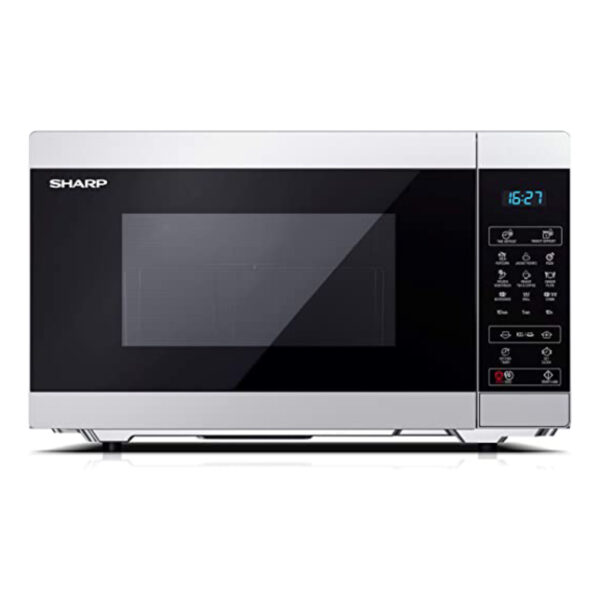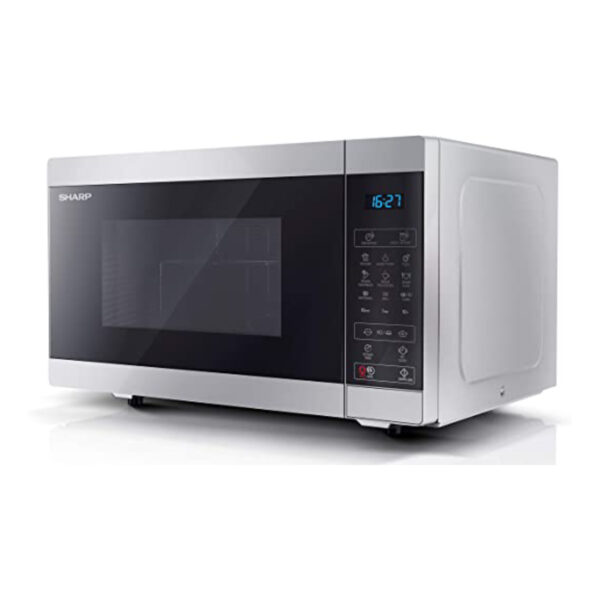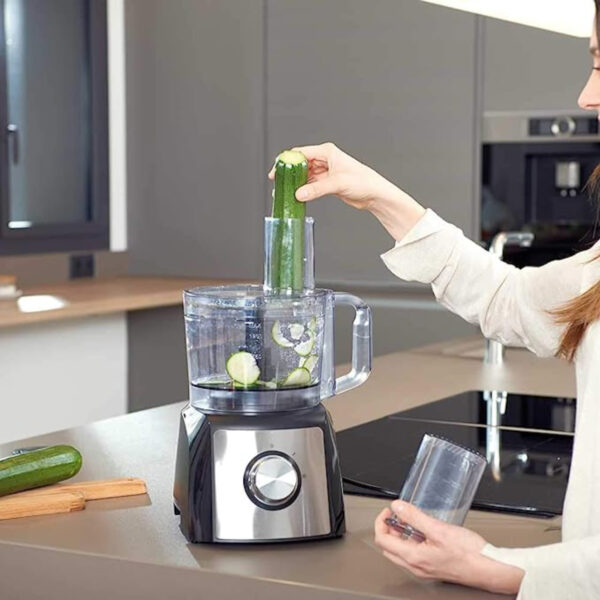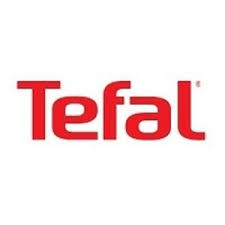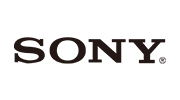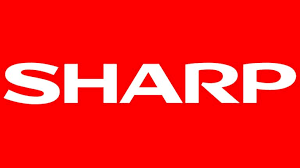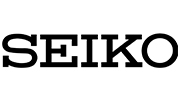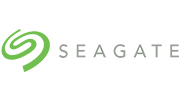





Whirlpool MWP 254 W Countertop Grill microwave 25 L 900 W White
€147,50
Of 3x €49,17, 0% rente
Productcode : MWP 254 W – EAN/UPC : 8003437861550 – Whirlpool MWP 254 W. Appliance placement: Countertop, Product type: Grill microwave, Interior capacity: 25 L. AC input voltage: 230-240 V, AC input frequency: 50 Hz, Current: 12 A. Width: 483 mm, Depth: 419 mm, Height: 281 mm
Technical details : More Details
Ready to ship – In stock – Ordered before 16:00, shipped the same working day
| Weight | 16 kg |
|---|---|
| Dimensions | 54 × 47 × 33 cm |
| Brand |
Whirlpool |
| Delivery Time |
Out of stock
Whirlpool MWP 254 W is a free-standing microwave oven cm. 49. It is available in white. It is equipped with the Grill Function and JetDefrost for an extraordinarily fast and homogeneous defrosting. The Steam Function is ideal for enjoying quick, healthy and tasty meals at the touch of a button.
Bullet Points Whirlpool MWP 254 W Countertop Grill microwave 25 L 900 W White :
– Countertop Grill microwave 25 L 900 W White
– Grill Quartz grill 1000 W
– Steam cooking
– Keep warm function Defrost function Reheat function
– Turntable 27 cm
– Touch Integrated clock Child lock
– Number of power levels: 7

In 1908, our founder Lou Upton invested his savings in a venture to manufacture household equipment. But when that company failed to materialize, Upton was offered the opportunity to select something of value from the venture as a return on his investment. He chose the patents on a hand washing machine that he thought could be motorized.
Lou Upton brought the patents and his innovative vision home to St. Joseph/Benton Harbor, Michigan. In 1911, Lou along with his uncle Emory, patented an electric motor-driven wringer washer. With funding from Lowell Bassford, and help from Lou’s brother Fred, washer production began for the Upton Machine Company.
The company’s first major order for 100 washing machines came almost immediately, but a problem arose when a cast-iron gear in the transmission failed — in every single machine. However, Lou Upton replaced the defective parts with a new cut-steel gear in every single machine. Impressed with the fledgling company’s business ethics, the customer doubled its order to 200 washing machines.
Upton Machine grew. To meet increased customer demand, it merged with the Nineteen Hundred Washer Company of New York in 1929, and together they formed the Nineteen Hundred Corporation. Despite the Great Depression of the 1930s, the company invested in innovation and entered an international market.
World War II halted washer production, as factories were modified to provide components for the P-40 Warhawk aircrafts and military equipment. More than two million units of war materials were produced, including aircraft propeller pitch controls, trailing edges for fighter wings, hydraulic steering mechanisms for tank retrievers, carburetor parts, pumps, gears and gear cases.
In the summer of 1945, we began producing washers again, anticipating that within three years demand would be twice that of 1941. This began a period of explosive growth that would take us from a small manufacturer of washers and ironers to a large manufacturer of a full line of major home appliances, including the first fully-automatic washer and electric dryer.
In 1949, we changed our company’s name to Whirlpool Corporation to contribute to the recognition of our signature brand. We had grown to lead the industry, achieving $48 million in sales and annual earnings of $3 million.
Lou and Fred Upton established the Whirlpool Foundation following the war, with a commitment to reinvest in the community and provide financial and leadership support for nonprofit organizations dedicated to improving the quality of life in the communities where we operated.
During the post-war boom years of the 1950s, we looked for new ways to expand our product offering. In 1955, we merged with the Seeger Refrigeration Company, which provided us with a quality refrigerator line. As part of the merger we also acquired RCA’s air conditioning and range businesses, allowing us to provide customers with exceptional products that met their needs. In 1958, we took our first tentative step toward operating in foreign markets by entering a partnership with Brazil’s Brasmotor S.A., parent of appliance maker Multibras S.A. Eletrodomesticos.
In October 1960, we received a government contract to design and build America’s first experimental space kitchen. The kitchen included a miniature thermoelectric refrigerator, freezer, three-cavity oven, self-heated water system, storage space for food and disposal units for both dry and wet waste. This was the first attempt by appliance engineers to cope with the problems of zero gravity, and a number of innovative solutions were developed. Our work helped build public knowledge of and confidence in the space effort. We continued working with the government to develop food and equipment for space travel, pioneering the development of food, waste management and personal hygiene systems used in all of NASA’s Gemini, Apollo and Skylab missions.
We began growing our international business, expanding into Mexico. We also built a manufacturing plant in Pondicherry, India, and began manufacturing and marketing appliances throughout Europe. In 1986, we purchased the KitchenAid division of Dart and Kraft, allowing us to continue the excellent tradition of major and countertop appliances for which KitchenAid brand is known.
Operating as an even bigger and better Whirlpool Corporation, we accelerated our global expansion in the 1990s, with an expanded presence throughout Europe, Latin America, Asia and parts of Africa. We were well on our way to becoming a global force in the home appliance industry and the industry’s eventual leader.

SHIPPING
Availability
GotDeal working method is everything you see is in stock !!!
Shipping methods
GotDeal uses Post.NL to deliver your order to you in the best possible way. After your order has been prepared for collection by Post.NL, you will receive an e-mail from Post.NL with the track&trace to follow your shipment. It is possible that the e-mail ends up in spam, please check this.
Standard delivery
Do you order on working days before 4 p.m.? Then we will ship your order the same day! Do you order after 4 pm or at the weekend? Then your order will be dispatched the first following working day.
First delivery after that will be to a Post.NL point near you:
Monday ------------- Tuesday
Tuesday ------------- Wednesday
Wednesday --------- Thursday
Thursday ----------- Friday
Friday --------------- Saturday
Saturday ------------ Tuesday
Sunday -------------- Tuesday
Different delivery times apply during public holidays, which do not depend on us but on Post.NL. We recommend the Post.NL website or app for up-to-date information during the relevant period.
PostNL collection point
If you are not at home, you can have your order delivered to a PostNL collection point, to be arranged yourself via Post.NL app. or via the track&trace.
SHIPPING COSTS
At GotDeal shipping costs may vary per order, as it depends on the weight of the package to be sent in combination with the size of the order, the country of delivery and the chosen payment method.
The table below shows the different options (including 21% VAT).
Shipping within the Netherlands :
Product Weight Shipping costs
Parcels up to 100x70x58 cm
0kg-2kg = € 3.99
2kg-10kg = € 4.99
10kg-23kg = € 7.45
23kg-31kg = € 9.95
100x70x58 > 175x78x58 max :
0kg- 31kg = € 9.99
Euro pallet € 75.99
Shipping to Belgium :
Product Weight Shipping costs
Parcels up to 100x70x58 cm
0kg-23kg = € 8.99
23kg-31kg = € 12.99
100x70x58 > 175x78x58 max :
0kg- 31kg = € 13.99
Euro pallet € 85.99
Order status:
GotDeal will inform you of the progress and current status of your order. You will receive a number of emails from us:
A confirmation of placing your order
A confirmation when your order has been processed by us.
A confirmation when your order has been transferred to the carrier with a Track & Trace number
With your Track & Trace number you can see the current shipping status on the website of Post NL.
























